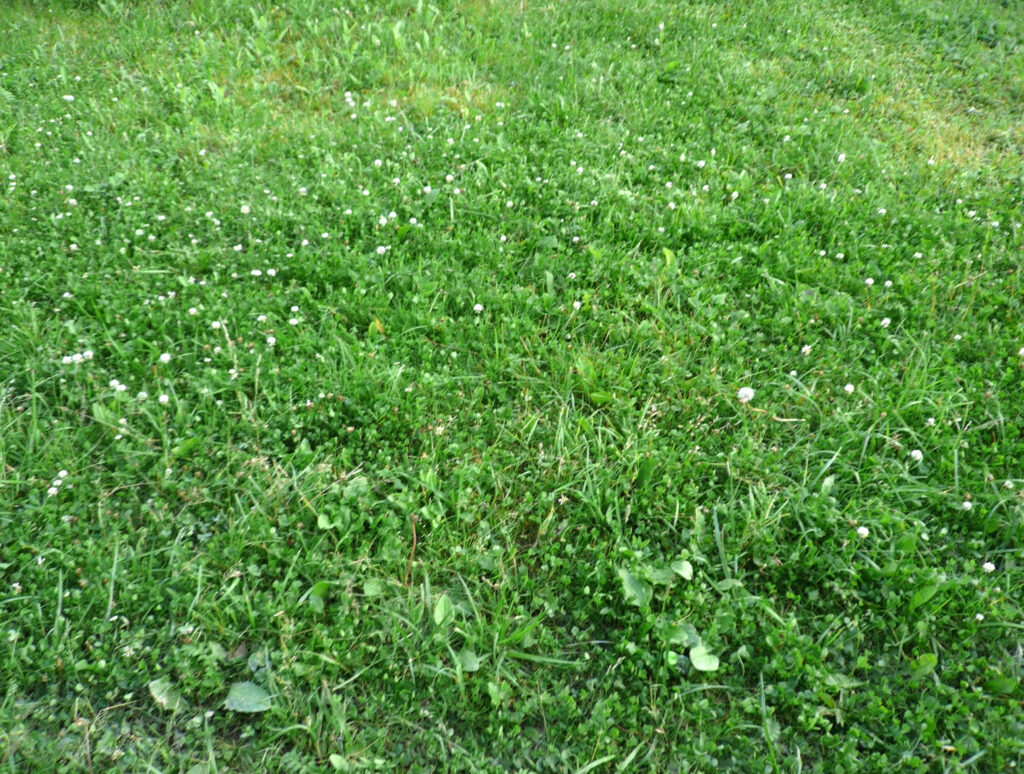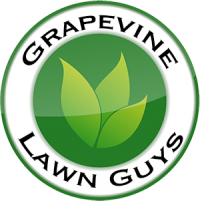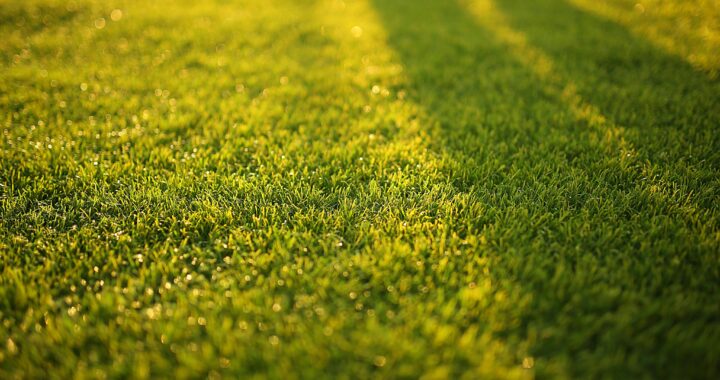Hey neighbors — if you’ve ever stared down a patchy, weedy yard and wondered where to start, you’re in good company. Weed + feed might sound like lawn care lingo, but it’s really just a simple (though key) strategy to keep your grass healthy and thriving. Here’s how you can do it right, without overdoing it.
What Does “Weed and Feed” Actually Mean?
“Weed and feed” refers to the two-step process of:
-
Weeding — applying herbicides to kill or suppress unwanted plants, and
-
Feeding — applying fertilizer to give your grass the nutrients it needs.
Doing both in one coordinated treatment helps your lawn stay competitive against weeds rather than falling behind.

When and How Often Should You Do It?
Timing is everything. As the experts at Ryno Lawn Care explain, “Proper lawn fertilization is a balance of what your soil is giving your lawn and what you can add to it. … The healthiest, hardiest lawns are fertilized at least 4 times per year; fall, summer, early spring and late spring.”
Want to see a weed and feed schedule in an easy-to-read format? Check out Ryno Lawn Care’s weed and feed schedule for a detailed, season-by-season guide.
So rather than dumping product willy-nilly, we recommend 4 targeted treatments per year, paired with weed control steps that align to your climate and turf type.
Steps for Effective Weed + Feed Care
-
Test your soil first.
Before throwing fertilizers and herbicides around, figure out what your lawn actually needs. A soil test or extension service analysis can show you which nutrients are missing — so you don’t overdo it. -
Choose the right products.
Use pre-emergent herbicides in spring and fall (to prevent weeds before they sprout), and post-emergent herbicides when weeds are actively growing. Pair these with a fertilizer blend suitable for your grass species and climate. -
Apply under favorable conditions.
Ideally, apply weed + feed just before the soil warms up (for pre-emergents) or when weeds are young (for post-emergents). Avoid doing it before heavy rain or during drought stress. -
Water as instructed.
Many products require you to water them in or wait before watering — make sure to follow label instructions to activate the treatment and avoid runoff. -
Don’t mow too short afterward.
Give your lawn a chance to recover. Keep your mower blade higher for a few mowings after treatment so the turf stays strong.
Common Mistakes to Avoid
-
Over-application — More product doesn’t mean better results. Too much fertilizer can burn your grass or push excessive growth.
-
Wrong timing — Applying a pre-emergent too late or a post-emergent too early? You’ll miss your window.
-
Ignoring weeds that already exist — If you wait until weeds spread, treatment becomes harder and more expensive.
Why It Pays Off
When you get your weed + feed schedule dialed in, you’ll see fewer weeds, more uniform grass, and better overall lawn health. It’s not just about aesthetics — it’s about giving your grass the tools to fight back against invasive plants.
Final Thoughts
When lawn care moves beyond simple DIY maintenance, or when a lawn needs significant recovery, professional services become the solution. These services offer tailored weed and feed treatments designed for local soil, weather, and turf types, taking the guesswork out of achieving a strong, resilient yard.


